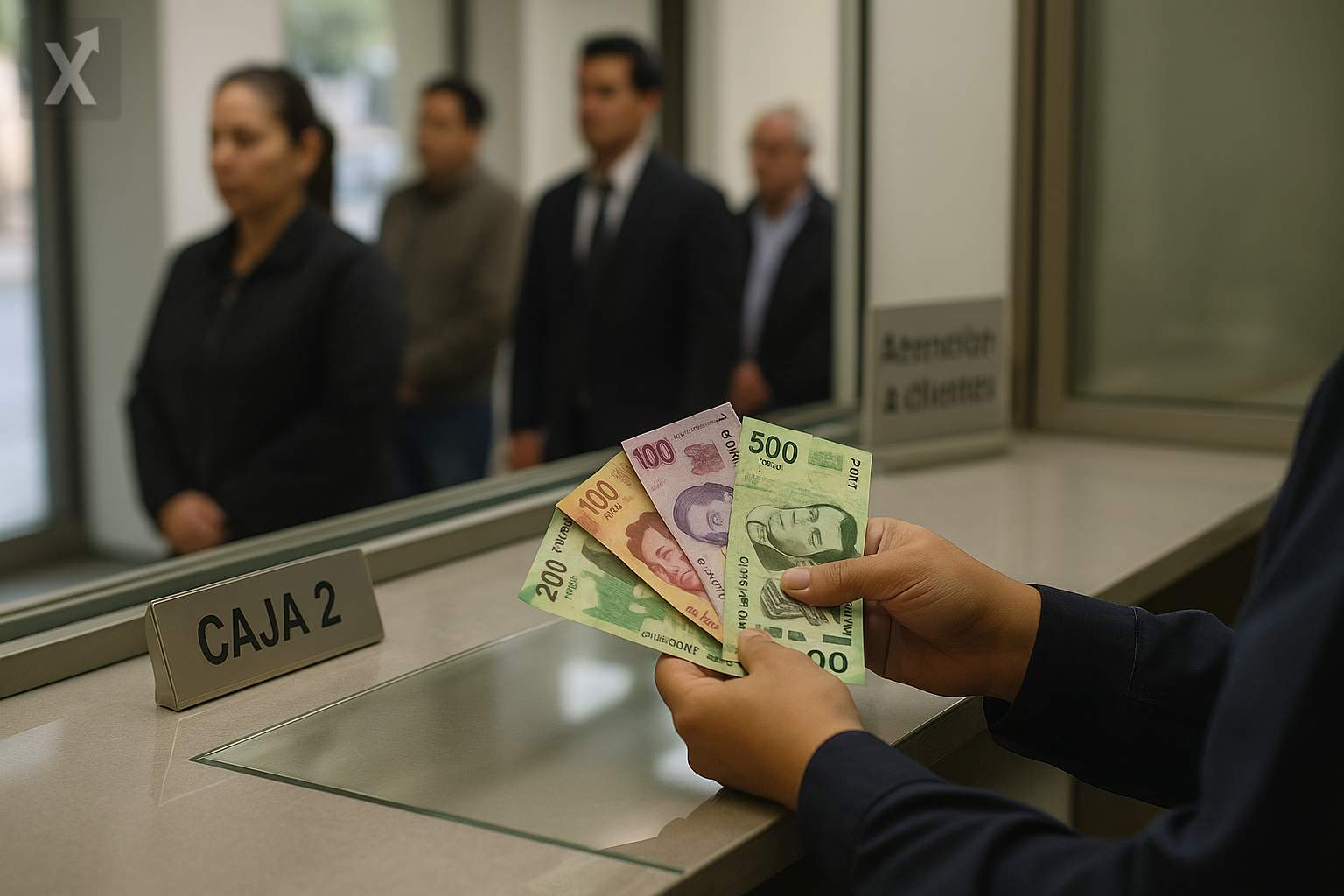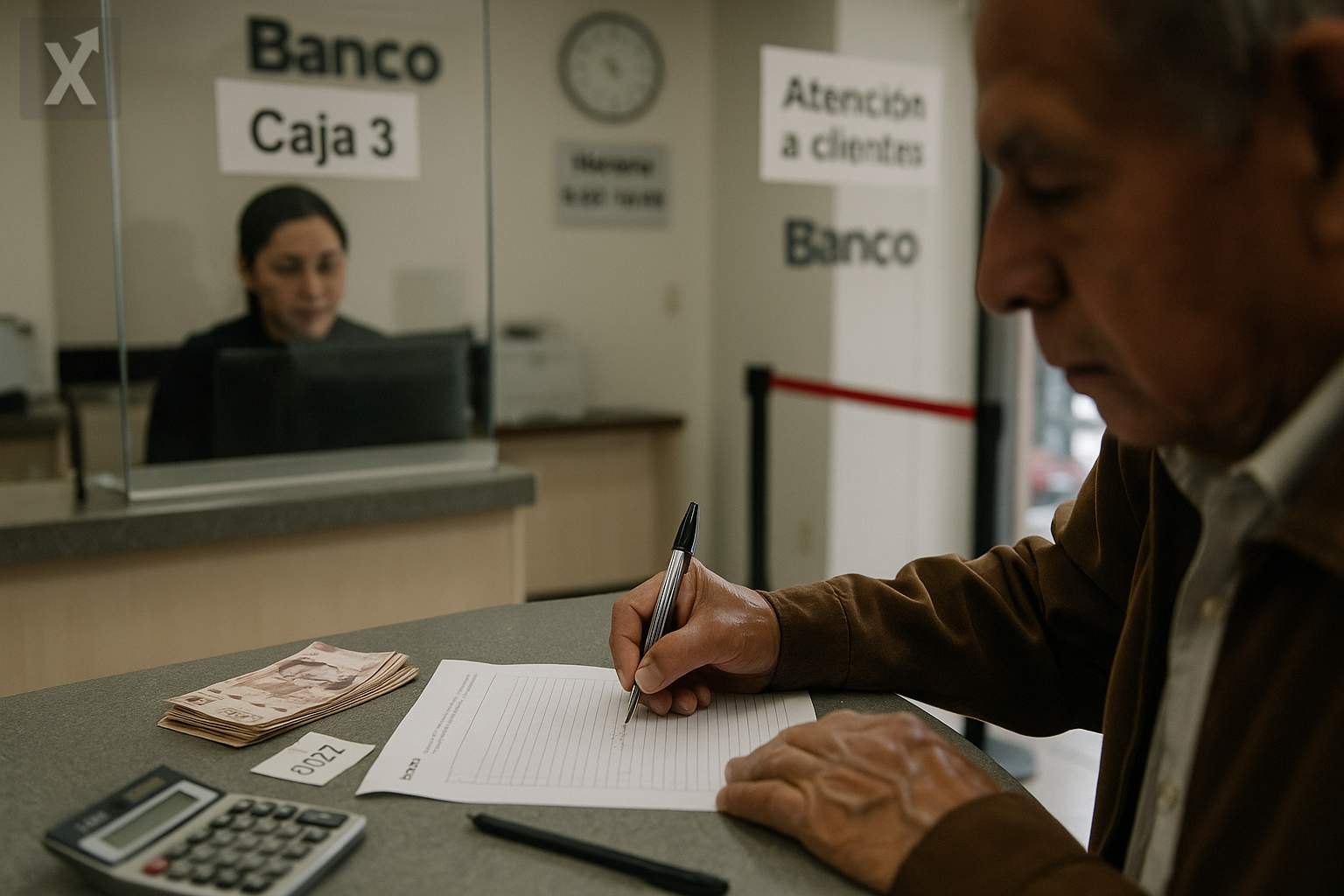Mexico’s Economy Slows in July: Broad-Based Decline and Mixed Signals for the Rest of the Year

Mexico’s economic activity contracted by 1.2% year-over-year in July, according to INEGI’s IGAE index. The month was marked by declines across all three major sectors, with the agricultural sector showing particularly weak performance. On a monthly basis, the index fell 0.9%, its largest drop since April 2024, suggesting a loss of momentum at the start of the third quarter, despite some resilience previously seen in certain service segments.
Breaking down by components, primary activities saw the steepest adjustment, with a 3.0% monthly and 12.2% annual drop, impacted by adverse weather conditions, higher input costs, and the sector’s inherent volatility. The industrial sector also weakened: secondary activities declined 1.2% month-over-month and 2.8% year-over-year, marking two consecutive monthly drops and five straight annual contractions, amid a cooling in external demand—particularly from the United States—persistently high financial costs, and a relatively strong peso putting pressure on export margins. In contrast, services declined 0.4% monthly but grew 0.4% year-over-year, supported by consumption that is losing momentum, though still benefiting from solid remittances and a wage base that, while moderating, remains at historically high levels.
For the January–July period, the IGAE saw only a 0.1% annual increase, well below the 2.2% recorded in the same period last year. According to the Timely Indicator of Economic Activity, August likely showed a marginal improvement of 0.2% year-over-year and 0.1% month-over-month, suggesting a near-term floor but lacking a strong rebound. A Citibanamex analysis warns that activity is likely to remain weak in the final months of the year, maintaining a moderate growth forecast for 2025—potentially as low as 0.4%—given a risk profile tilted to the downside.
The macroeconomic outlook presents headwinds: monetary policy remains restrictive, with high interest rates designed to anchor inflation to target levels, which makes credit more expensive and constrains investment; external uncertainty continues due to the path of the U.S. economy and the normalization of the manufacturing cycle; and domestically, public investment has been uneven. At the same time, the nearshoring phenomenon keeps driving demand in construction, logistics, and industrial real estate in the North and Bajío regions, though its impact is uneven and requires regulatory certainty, reliable energy, and infrastructure improvements to translate into sustained productivity gains.
Looking ahead, key factors will include the pace of the U.S. slowdown, the trajectory of local inflation, room for potential further interest rate cuts, and the execution of energy and logistics projects to relieve bottlenecks. Risks to watch include further climate shocks to agriculture, prolonged weakness in manufacturing, and fiscal consolidation efforts that, while bolstering stability, could moderate public works in the short term. The base scenario calls for modest growth, with services cushioning some of the industrial weakness as investments related to nearshoring mature.
In summary, July confirmed a cyclical dip: widespread declines led by the primary and industrial sectors, with services only partially offsetting the downturn. In the short term, growth is expected to remain muted; in the medium term, potential will depend on capitalizing on nearshoring, boosting investment, and preserving macro stability.






